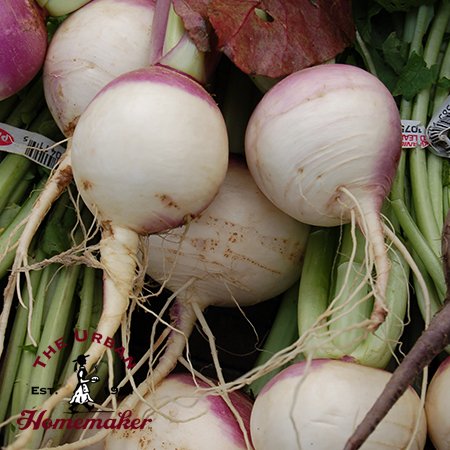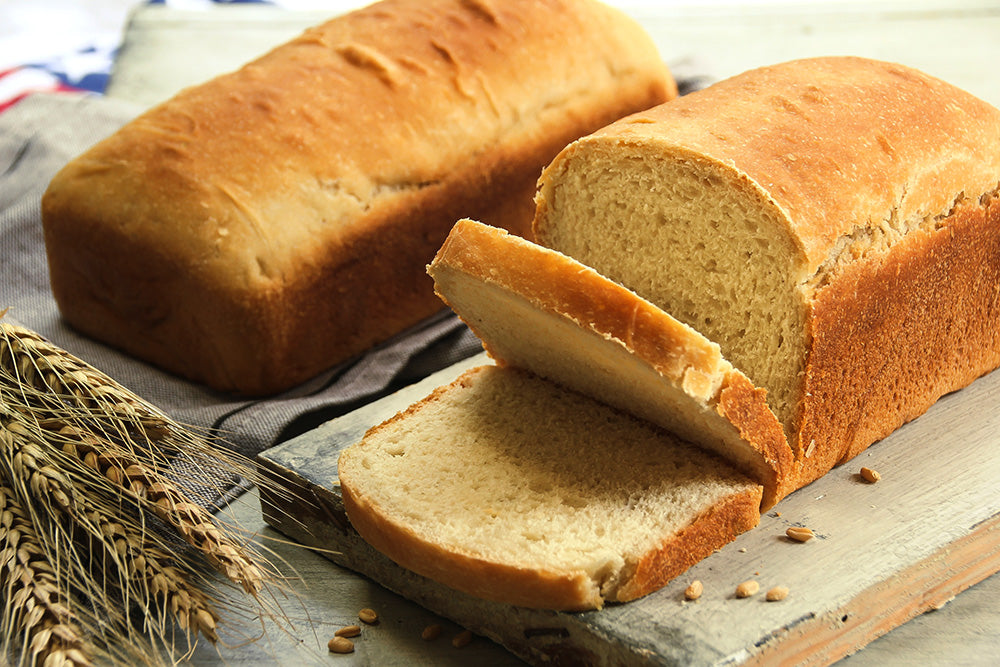Skip to product information


Purple Top Globe Turnip - Certified Organic
$3.95
Shipping calculated at checkout.
| Soil and Nutrient Requirements |
| Turnips and Rutabegas can tolerate slightly alkaline soil, preferring the range 6.0 -7.5. Deep, loose, well drained fertile soil with moderate nitrogen levels is best. |
| Position |
| Full sun, or part shade |
| Seeding Depth |
| Planting instructions are from direct seeding. Planting depth: 3/4"; |
| Plant Spacing |
| Seed spacing: for turnip 8 sds/ft, for rutabaga 6 sds/ft; Plant spacing: for turnip 2-4" , for rutabaga 6"; |
| Row Spacing |
| Row spacing: for turnip 12-18, for rutabaga 18-24”. |
| When to Sow |
| Turnips can be grown all season long but perform best in cool fall conditions. Rutabagas are sown in the summer for fall harvests. Seeds will germinate from 45-85 degrees. |
| Frost Tolerant |
| Yes |
| Drought Tolerant |
| No. Turnips need plentiful, consistent moisture. |
| Heat Tolerant |
| No |
| Seed Specs |
| Turnips- 11M sds/oz avg, 175M sds/lb avg. Rutabagas- 11M sds/oz avg, 175M sds/lb avg. M=1,000 |
| Seeding Rate |
| Turnips- ~1900 sds/100’ double row, ~255M sds/acre seeding 8sds/ft, for a final 4” avg plant spacing, 18” row spacing. Rutabagas- ~1400 sds/100’ double row seeding 6sds/ft, for a final 6” avg plant spacing, 24” row spacing. |
| Harvest |
| Flavor is sweetest when harvested just before the ground freezes or at least after two hard frosts. Turnip tops can be eaten as greens. |
| Storage |
| Unwashed roots can store for several weeks at 32°F at a high relative humidity as close to 95% as possible. With good air circulation, topped roots can be stored four to five months. |
| Pest Info |
|
| Disease Info |
|

Our Famous
Whole Wheat Bread Recipe
Grandma Marilyn's Famous Bread Recipe is VERSATILE! Use it to make cinnamon rolls, pizza, bread sticks, and more.